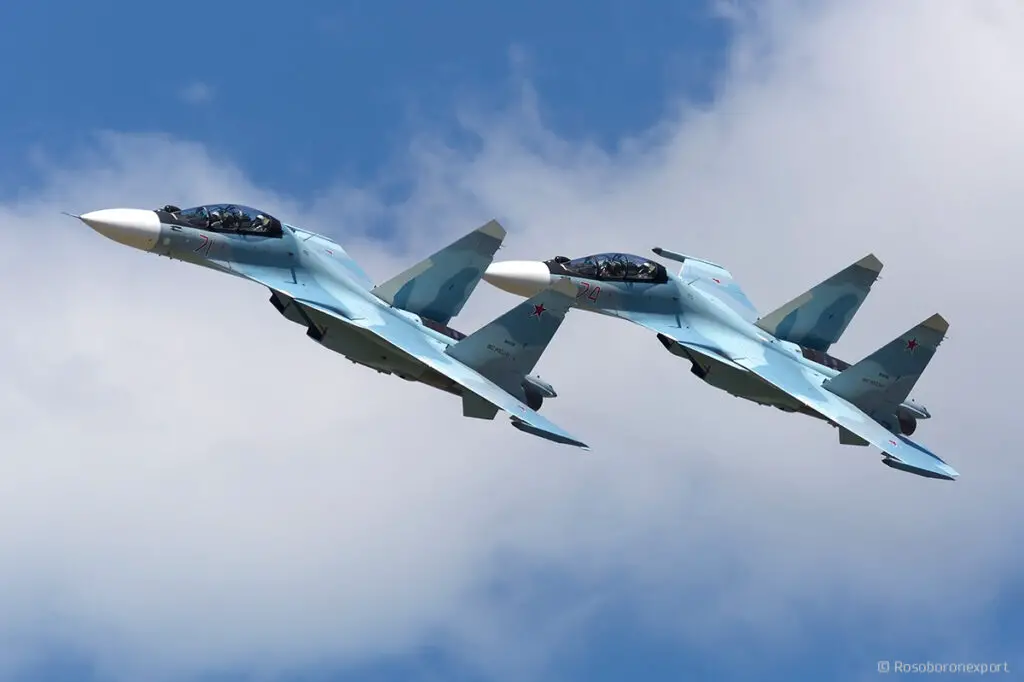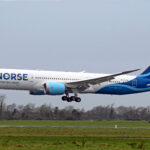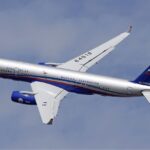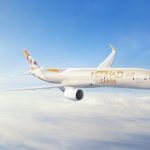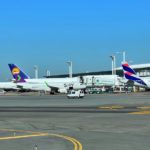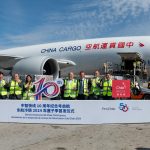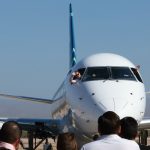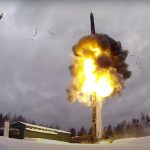The Russian Defense Ministry gave the green light to the Su-30SM upgrade program, an aircraft that has been deployed in large numbers in the Air Force and Naval Aviation, to bring it to the SM2 version or as the Russian press calls it, Super Sukhoi.
As published by Izvestia, the modernization of the first prototype will begin in December this year, and by the same date next year, that first Su-30SM2 should be finishing the testing and certification campaign. With the update, aircraft will receive new engines, radars and smart weapons.
At the same time as successive batches of Su-30SM are upgraded to the new version, the Ministry of Defense will receive factory-new Sukhoi Su-30SM2s. Perhaps it is the 21 new Su-30SM2 fighters, contracted last year by the Ministry of Defense for Naval Aviation.

The origin of the Su-30SM
Originally, the Su-30SM is the «Russified» version of the Sukhoi Su-30MKI developed for India, in which equipment of foreign origin is replaced by other of Russian origin. During these last years, the effort to modernize the Air Force and Naval Air Force focused on the incorporation of the Su-30SM to replace already obsolete aircraft, such as the Su-27 or Su-24.
The series aircraft began to be delivered in 2013, and it is the only fighter model that Russia has been buying in fairly consistent numbers. Currently, there are around 130 units of this model in operation, hence the importance of its modernization.

Belarusian Su-30SM.The Su-30SM also ended up becoming the de facto standard for arming Russia’s closest allies. The planes were purchased by Kazakhstan, Belarus and Armenia. At the MAKS 2021 show, Rostec confirmed that it will go ahead with the plans to acquire 6 Su-30SMs by Myanmar, despite the coup that disrupted political power in the Asian country.
The Super Sukhoi Su-30SM2
The upgraded version of the Su-30SM will not only have improved combat features but will also use various parts and equipment from the Su-35. As a result, the maintenance of a large fleet of both types of modern fighters will be simplified. This is especially important in relation to engines, the most expensive aircraft components.
The Su-30SM2 will receive the AL-41F-1S engine, which is also used in the Su-35S. Compared to the power plant used so far in the Su-30SM, its thrust will increase by more than 16%, to 14,500 kg at full post-combustion. In addition, it reduces the cost of maintenance, by doubling the interval between revisions, now reaching 4 thousand hours. Other improvements and plasma ignition made it more efficient, reducing its fuel consumption.
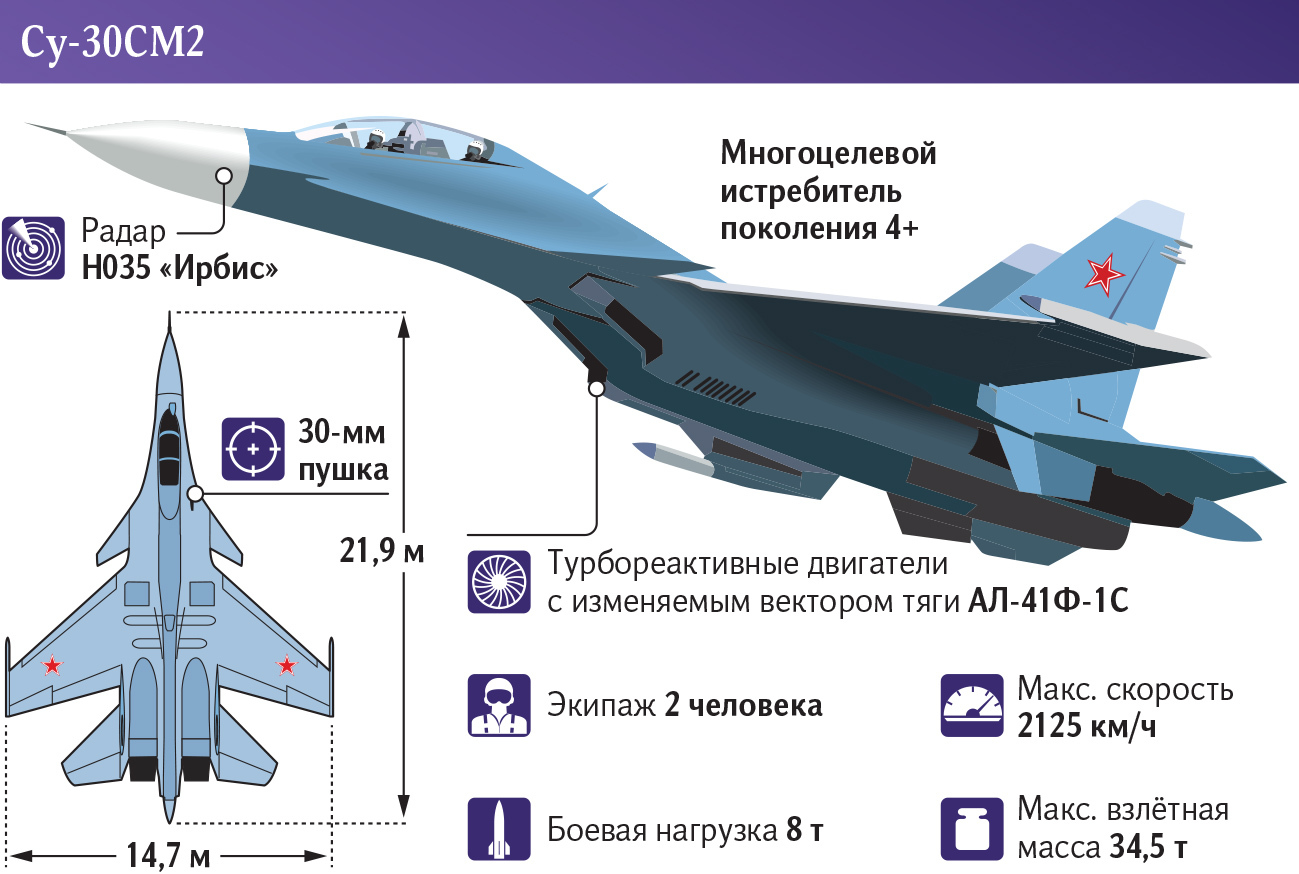
Changes to onboard electronics and software will allow the use of new missiles and bombs designed to arm the Su-35 and the fifth-generation Su-57 stealth fighter.
Other improvements include a new radar, the Irbis-E, a powerful PESA-type radar also inherited from the Su-35. It will allow the Su-30SM2 to detect ground and air targets from a greater distance, with certain anti-stealth capabilities. It will also allow the fighter to use the latest long-range missiles.
The Su-30SM2s will receive the latest integrated multi-channel communication, data exchange, navigation, and identification (OSNOD) system, developed for the Su-57 and to be installed on all combat aircraft. Among its advantages, it allows aircraft and drones to communicate with each other, maintain high-speed contact with ground control points, and integrate into modern combat networks.

